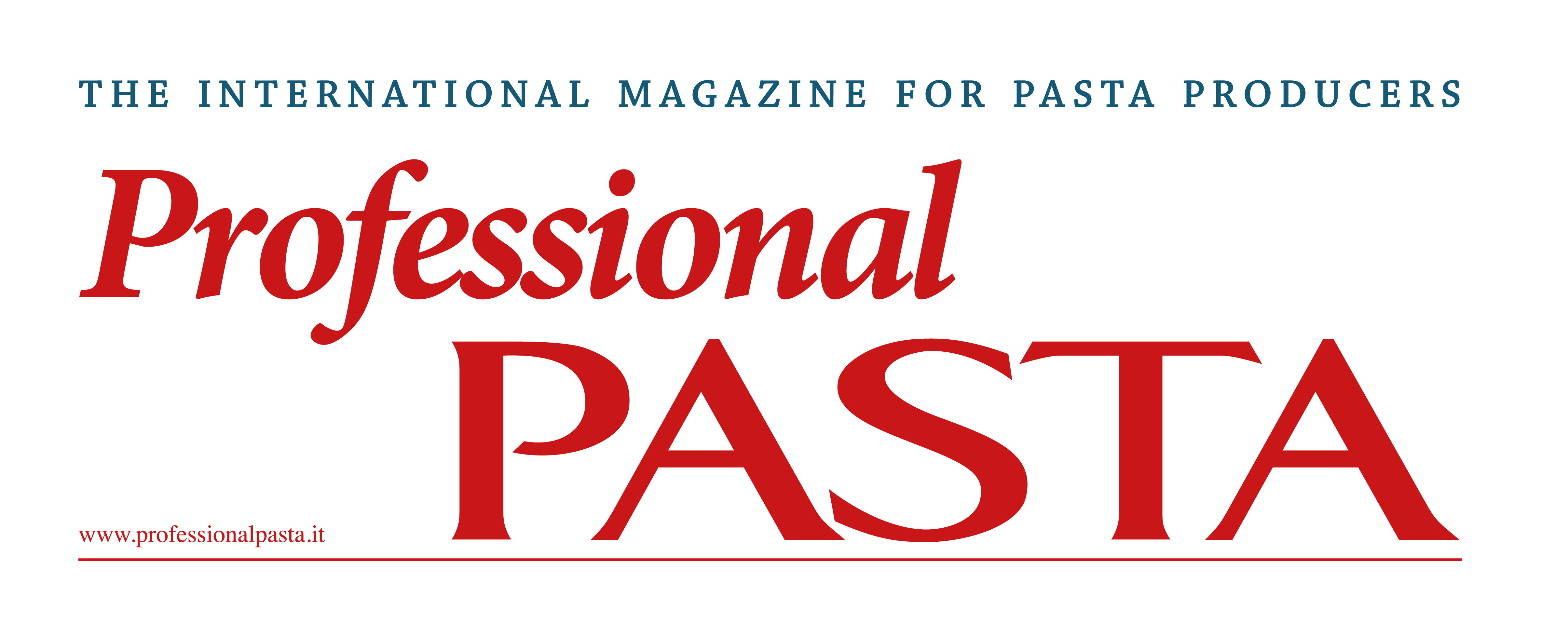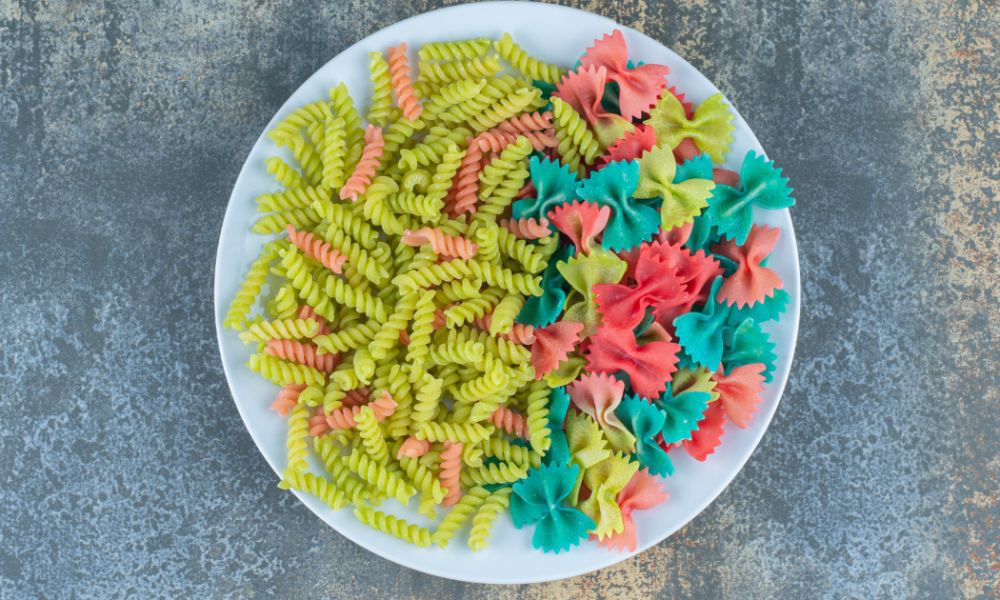A new twist on pasta dough could reshape food manufacturing
According to a new study in “Science Advances”, bulky pastas – such as farfalle and fusilli – require more packaging than thinner varieties like angel hair, making them trickier to transport and leading to more waste. Scientists tackled the problem by designing flat pastas that can transform into 3D shapes. They scored flat dough made of semolina flour – a core ingredient of Italian cuisine – with grooves, whose depth and spacing determined how the pasta would form when boiled. Then, they fed their data into computer models, which could eventually automate the technique and make it easier for food manufacturers to produce and deliver a loaded menu of morphing pastas.
Subscribe to the magazine to read the full article








